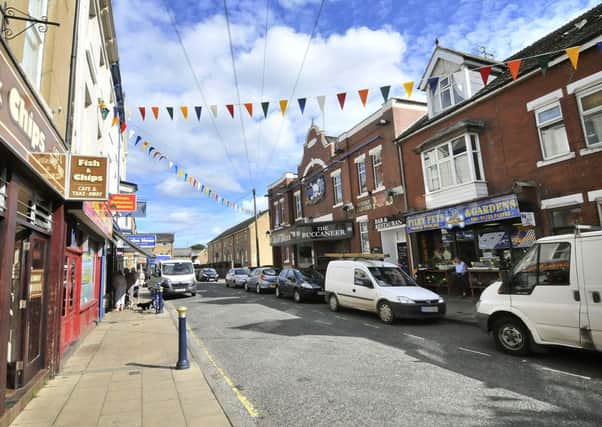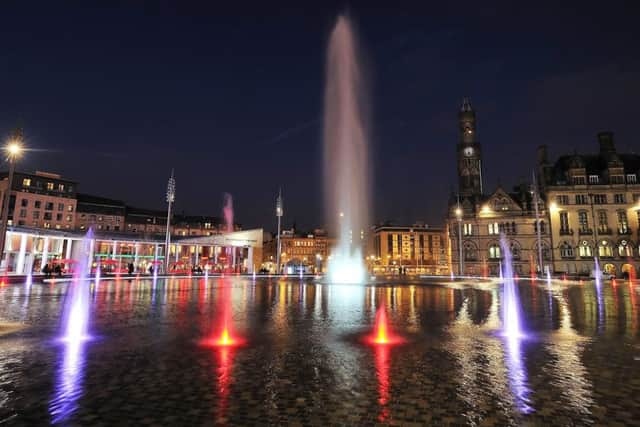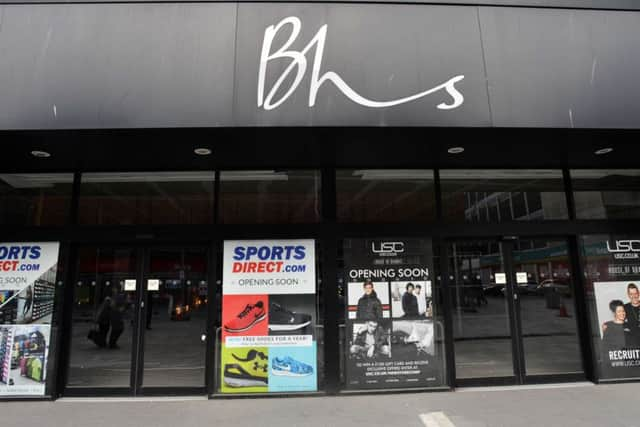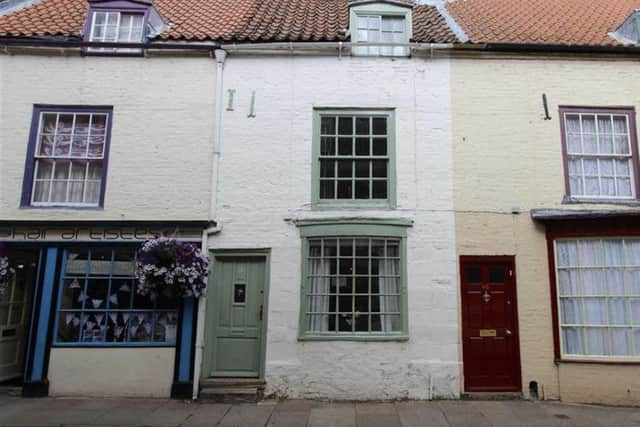Revealed: The winners and losers on Yorkshire's high streets


This represents a 29 per cent increase in the number of retailers opening and a 14 per cent increase in the number of retailers shutting up shop in the region compared to the first half of 2015.
The figures are published today by PwC and The Local Data Company and show our high streets are changing to reflect customer demand and economic uncertainty.
Advertisement
Hide AdAdvertisement
Hide AdIn total eight town centres in the Yorkshire and Humber area did see positive net change in the first six months of 2016, with Harrogate, Bridlington, Huddersfield, Leeds, Brigg, Barnsley, Scunthorpe and Beverley all experiencing more openings than closures.
Bradford had the highest net reduction in Yorkshire, followed by Headingley in Leeds, Hull and Rotherham.
Caribbean and Argentinian restaurants, carpet retailers and casino clubs are amongst those growing at the fastest rate in Yorkshire with the data also revealing that across multiple retailers in the 25 town centres analysed in Yorkshire and the Humber, DIY stores, hair salons and confectioners have been amongst the hardest hit in the first half of 2016.
The change comes amid another turbulent year for Britain’s high streets, with BHS having gone out of business and a number of sectors, particularly fashion, struggling to keep pace with their online competitors.
Advertisement
Hide AdAdvertisement
Hide AdDan Stott, partner and retail specialist at PwC in Yorkshire and the Humber, said: “Whilst it’s disappointing to see the total number of stores today lower than at the beginning of the year, the overall message about consumer confidence and multichannel performance is positive.


“Less than 0.5 per cent of shops have closed their doors and our recent Total Retail report shows over 45 per cent of consumers now shop online weekly, which has reduced the number of store fronts needed but not reduced retail sales. “Note though that some locations such as Leeds and Harrogate have fared better than others such as Doncaster, which has seen 33 stores close in the first half of 2016.”
The research found that in the first six months of 2016, 2,656 shops closed on Great Britain’s high streets, a rate of 15 stores a day.
Yorkshire was better placed than most regions, with London, Scotland and the South East all fairing significantly worse
Advertisement
Hide AdAdvertisement
Hide AdDavid Hooper, external affairs manager at Hull and Humber Chamber of Commerce, told The Yorkshire Post: “At a time when big names are disappearing from the high street it is great to see some of our smaller towns doing well.


“Places like Brigg, Bridlington and Scunthorpe in Yorkshire and Humber area all registered positive figures with more shops opening than closing.
“It is a challenging time for high street with the advent of the internet and click and collect services, making it hard for smaller firms to compete.
“However good local services remains hard to beat and with Hull’s year as City of Culture just around the corner we expect to see big increases in tourism into the area which will benefit retailers across the region.”
Advertisement
Hide AdAdvertisement
Hide AdThe report’s authors said this partially reflects the impact the EU referendum has had on the retail market, with activity levels slowing as retailers remained cautious due to the uncertainty.


Other contributing factors include the advance of online shopping, which has led to an overhaul of retail store strategies for national chains.
Retail parks were the only location type to see growth in the number of occupiers, although their activity levels were significantly lower than both high streets and shopping centres.
Shopping centres had the highest percentage net loss, of -1.0 per cent in the first half of the year.